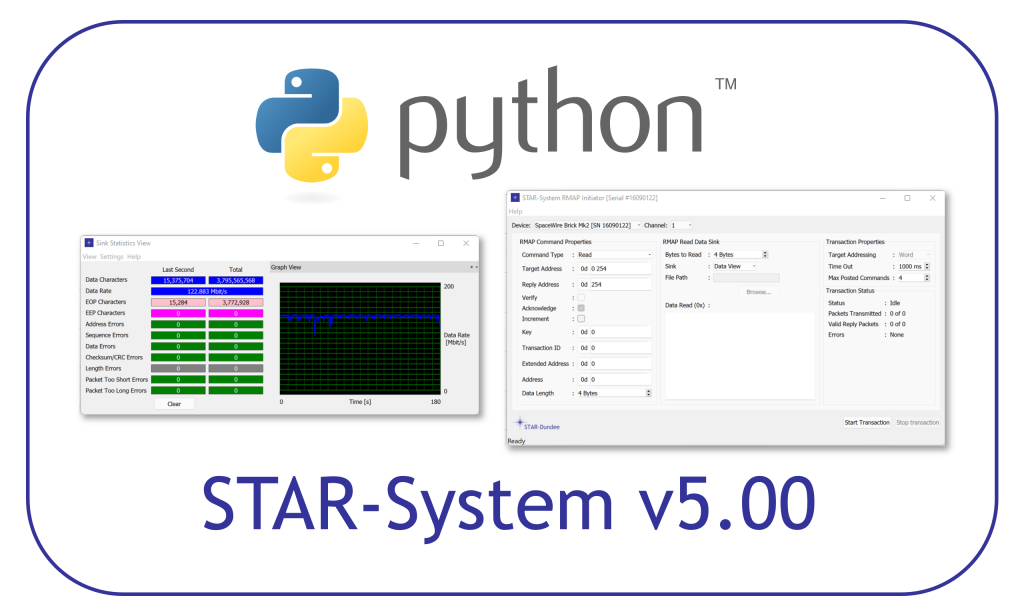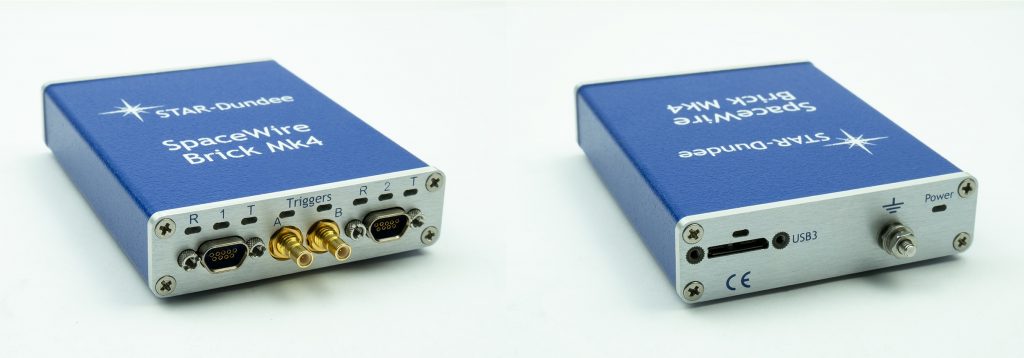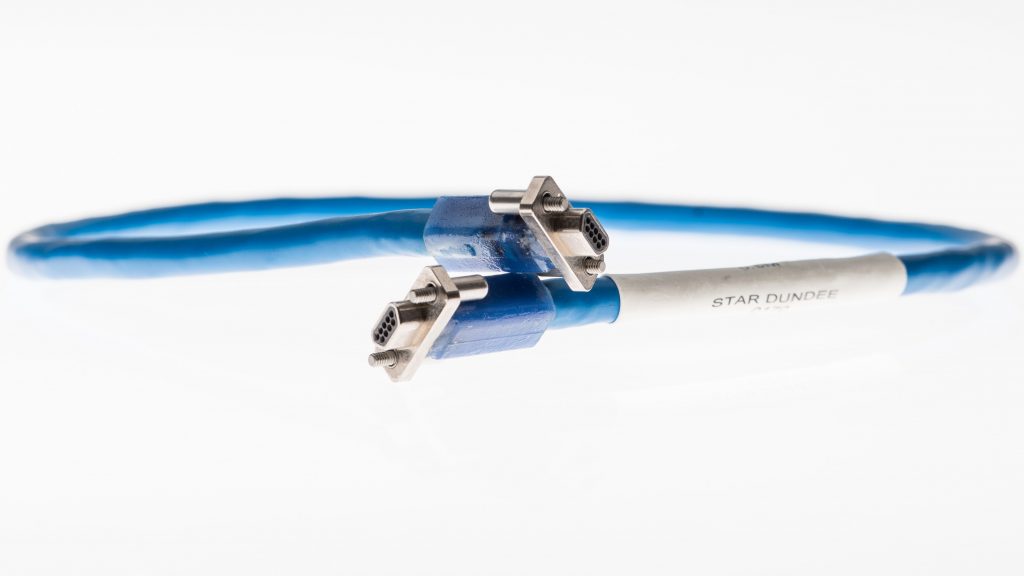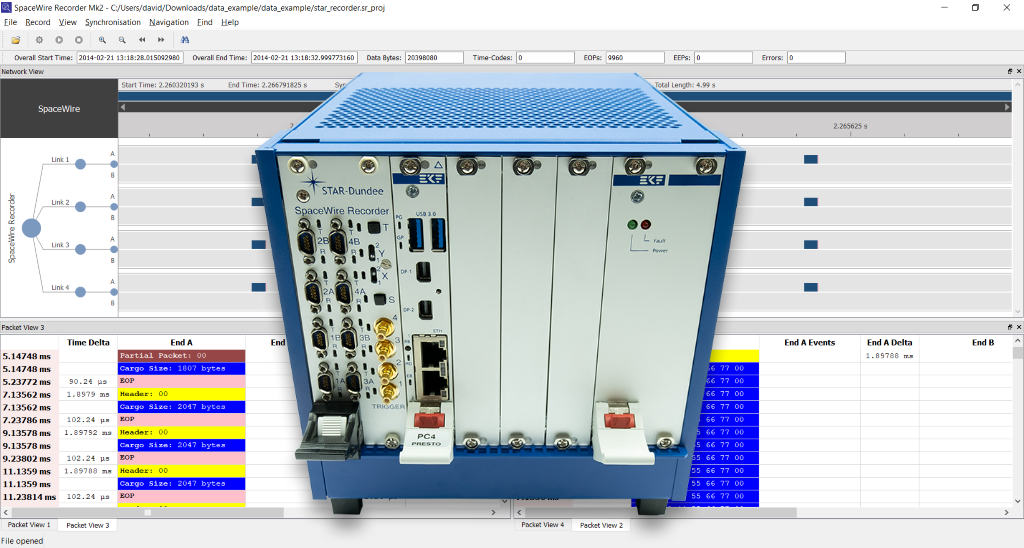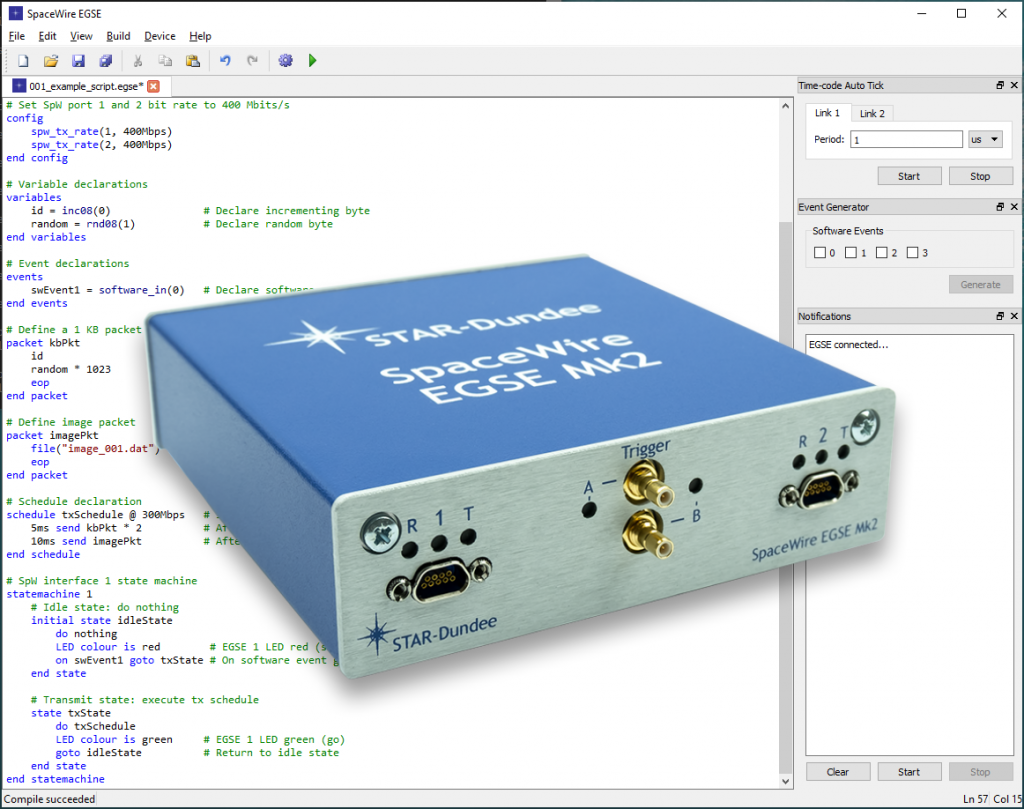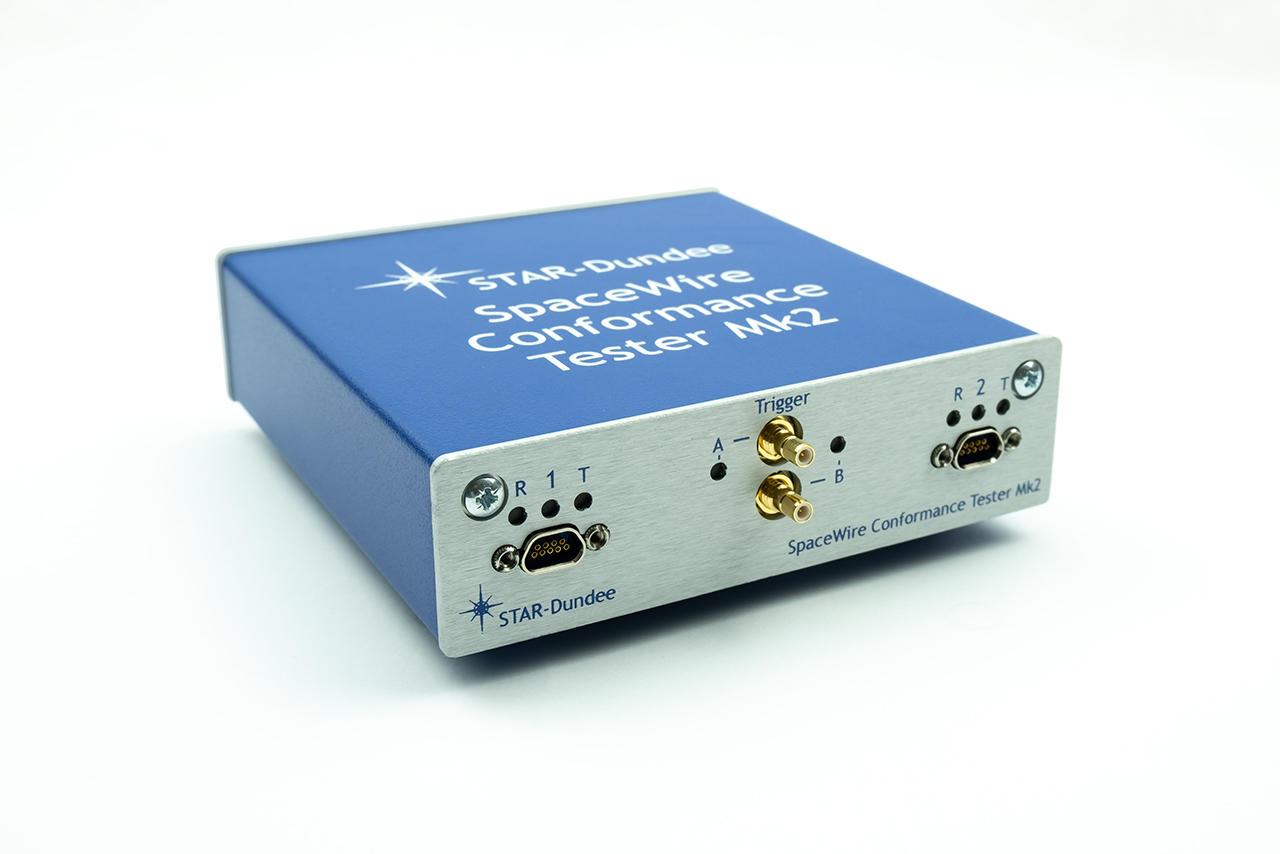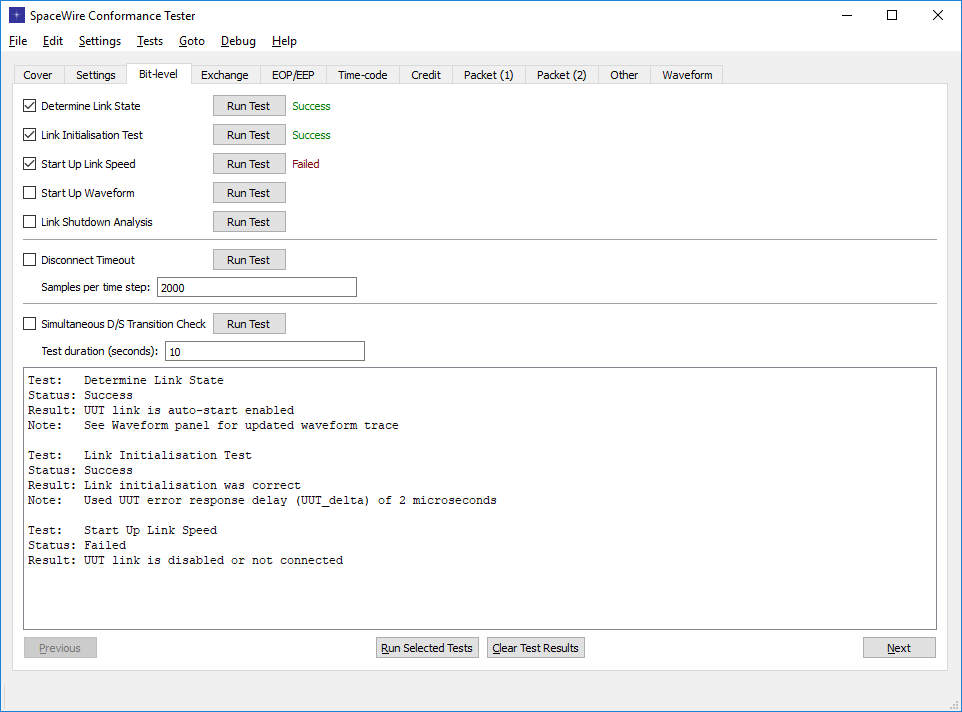The STAR-System software suite has provided the drivers, APIs and applications to our SpaceFibre and SpaceWire products for over 10 years and continues to be updated with new features and improvements in each release. The latest major release, version 5.00, includes two features which we regularly receive requests for: an API for the Python programming language and a new Linux installer supporting ARM targets such as the Raspberry Pi and BeagleBone.
Other new features include a new API to support creation and processing of CCSDS Space Packet Protocol and Transfer Frame packets, and new graphical applications providing RMAP Initiator and Triggering functionality. The Source and Sink graphical applications have been updated to include graphs to visually represent statistics when transmitting and receiving, while there are numerous other improvements and bug fixes.
Version 5.00 has been successfully tested on Windows 11 and Linux kernel compatibility has been tested up to kernel v5.16.9. As with all STAR-System releases, version 5.00 is backwards compatible with previous releases and so any software developed for an earlier version will work with this latest release without requiring any modifications.
STAR-System version 5.00 is now available for download for registered users through the Support area of our website. If you don’t already have access to these downloads, please register your product on our Product Registration page.

